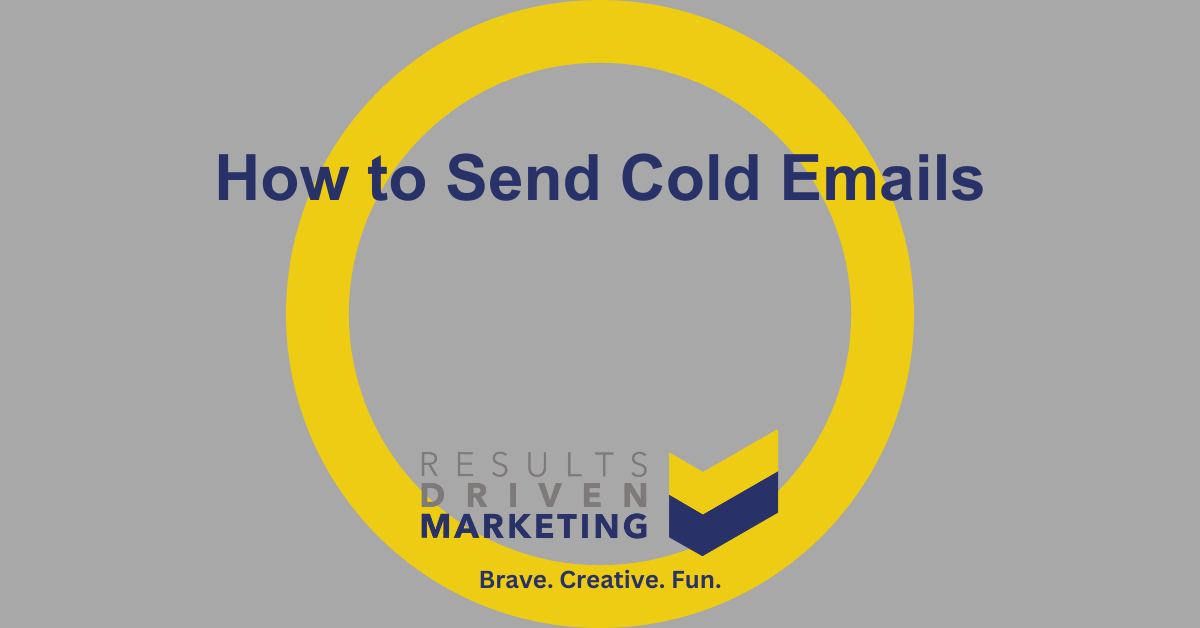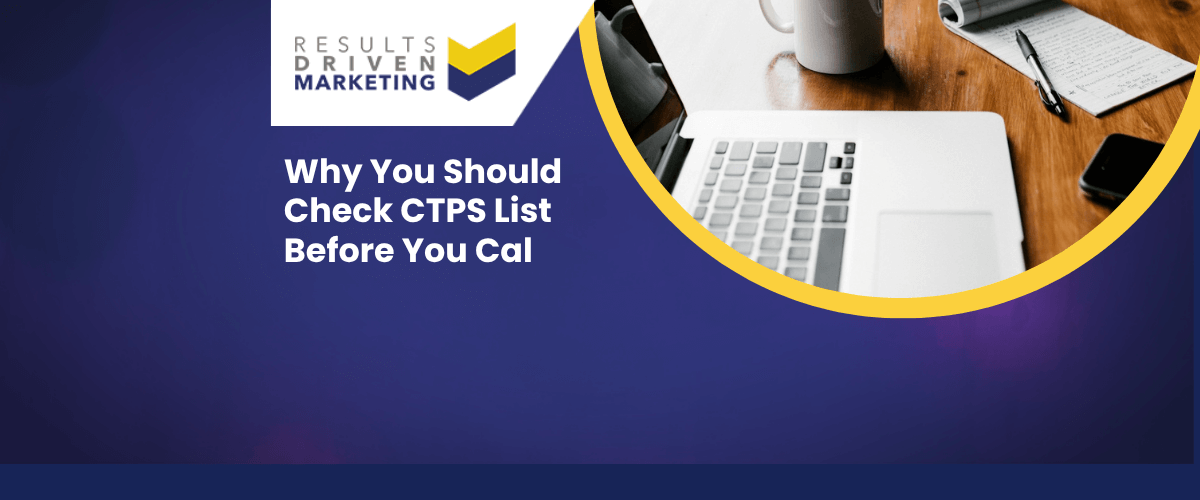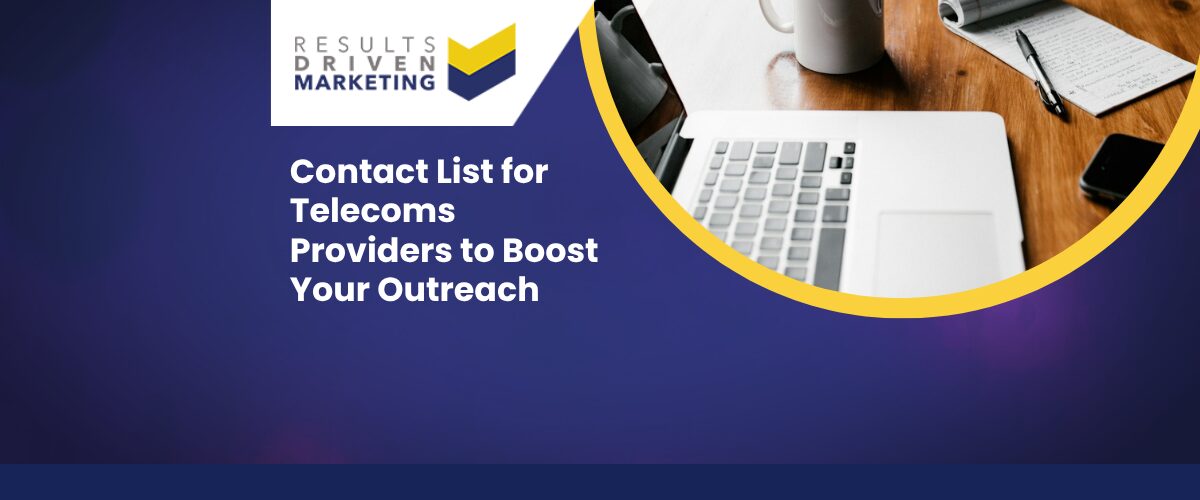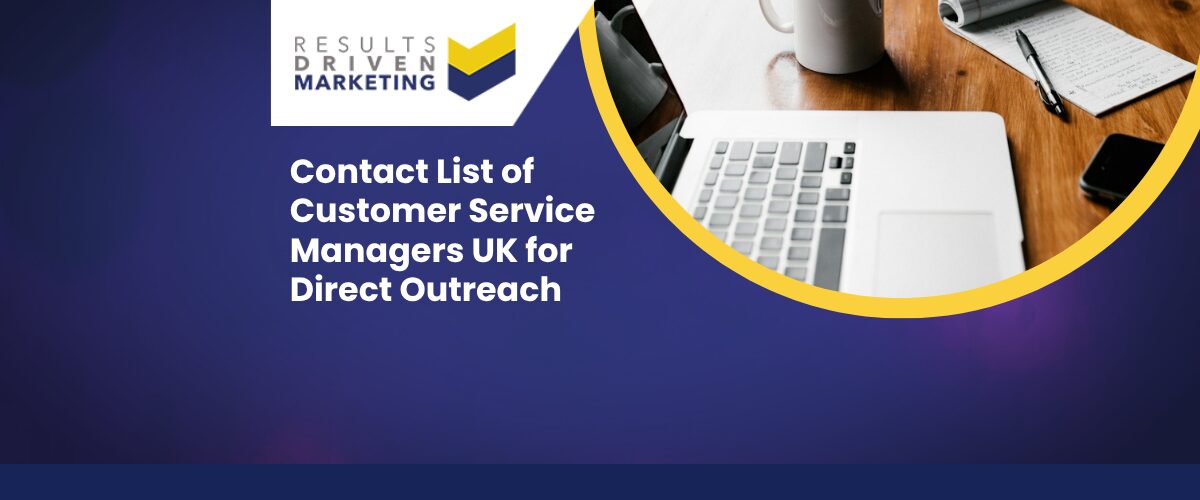
How to Send Cold Emails
Learning how to send cold emails effectively is an essential skill for any professional looking to expand their network, generate leads, or reach out to potential clients.
This article will guide you through the process of crafting cold emails that not only capture attention but also provoke engagement and response.
From understanding the importance of a compelling subject line to structuring your message and personalising your approach, we’ll cover all the key elements that contribute to successful cold emailing.
Whether you’re a startup founder seeking new investors or a salesperson pursuing new prospects, mastering the art of cold emailing can open numerous doors and create significant opportunities for growth.
Table of contents:
What Is Cold Emailing?
Cold emailing, in its simplest form, is like knocking on a stranger’s door with a friendly hello and a compelling reason for them to chat with you. It’s reaching out to potential clients or contacts without prior interaction.
Think of it as a digital handshake, where you’re introducing yourself and your offering to someone who might not know you yet.
The Evolution of Cold Emailing
Now, cold emailing isn’t a new kid on the block. It’s been around, evolving and adapting. From the early days of generic, mass emails (remember those?), we’ve moved to a more personalized, targeted approach.
It’s no longer about sending the same email to a thousand people. It’s about making each recipient feel like you’re talking just to them.
Preparing for Cold Emailing
Understanding Your Audience
Before you even think about hitting that send button, you need to know who’s on the receiving end. Who are they? What do they care about? Understanding your audience is like having a roadmap; it guides your message to resonate with their needs and interests.
Setting Clear Objectives
What’s your endgame with this cold email? Are you looking to set up a meeting, promote a product, or build a relationship? Having clear objectives is like having a compass; it keeps your email focused and purpose-driven.
Crafting Your Message
Now, let’s talk about the heart of your cold email – the message. This isn’t just about what you say, but how you say it. Your message should be clear, concise, and compelling.
It’s like a puzzle; every piece, from the subject line to the call-to-action, needs to fit perfectly to create a picture that your recipient can’t resist.
Building Your Cold Email List
Prospecting and List Building
So, you’re ready to send cold emails, but wait, who are you sending them to? That’s where prospecting and list building come into play. It’s like going fishing; you need to know where the fish are and what bait to use.
Start by identifying your ideal prospects – who are they, and where can you find them? LinkedIn, industry events, or maybe a professional directory? Once you’ve got your prospects, it’s time to build that list. Remember, quality trumps quantity. It’s better to have a smaller list of highly relevant contacts than a massive list of maybes.
Segmenting Your Email List
Now, let’s not throw the same net over all the fish. Segmenting your email list is like fishing with precision. Break down your list into categories based on factors like industry, job title, or location.
This way, you can tailor your message to resonate with each segment. It’s about making each group feel like you’re speaking directly to them.
Verifying Email Addresses
Before you set sail with your cold emails, let’s make sure your emails won’t hit the rocks. Verifying email addresses is crucial. It’s like checking the weather before you go fishing. Use email verification tools to ensure your emails are landing in real, active inboxes. This step can save you from the dreaded bounce-back and protect your sender’s reputation.
Writing Effective Cold Emails
How to Write a Cold Email
Alright, it’s time to craft that cold email. But how? Think of it as writing a letter to a potential friend. Start with a catchy subject line – it’s your first impression. Keep your email concise, clear, and focused on the recipient’s needs. Personalise it; use their name, and mention something specific about them or their company.
And don’t forget a clear call to action. What do you want them to do after reading your email? Make it easy for them to take that next step.
The Anatomy of a Cold Email
Let’s dissect a cold email, shall we? Think of it as a sandwich. The top slice is your subject line – it needs to be appetising. The filling is your email body – it should be nourishing and satisfying.
Address the recipient by name, state why you’re reaching out, and how you can provide value. Be concise and to the point. The bottom slice? Your closing and call-to-action. Wrap it up nicely and invite them to take a bite, I mean, action.
Cold Email Copywriting (with Templates)
Personalisation Techniques
Let’s dive into the heart of how to send cold emails – personalisation. It’s like adding that secret sauce that makes your email stand out. Use the recipient’s name, sure, but let’s go deeper. Mention a recent achievement of theirs or their company. Maybe reference a mutual connection.
It’s all about making them feel like this email was crafted just for them. And hey, I’ve got your back – here are a couple of templates to get you started:
Template 1: Subject: Congrats on [Recent Achievement], [Name]! Hi [Name], I recently came across [Recent Achievement] and was genuinely impressed. It got me thinking about how [Your Product/Service] could further amplify your success…
Template 2: Subject: Quick Question for You, [Name] Hi [Name], I noticed you’re connected with [Mutual Connection]. I’ve been following your work in [Industry/Field], and I have a quick question…
Crafting Compelling Subject Lines
Now, let’s talk about subject lines. They’re like the headline of a newspaper – they need to grab attention. Be clear, be intriguing, but don’t be spammy. Ask a question, make a bold statement, or even tease a bit of curiosity. Remember, the goal is to get them to open the email.
Sending Cold Emails
Choosing the Right Cold Email Platform
Alright, you’ve got your email ready, but where do you send it from? Choosing the right cold email platform is key. Look for features like personalisation, automation, and analytics. You want a platform that’s user-friendly but also gives you the insights you need to refine your strategy.
Best Time to Send Cold Emails
Timing is everything, isn’t it? Sending your cold email at the right time can make a big difference. Generally, mid-week mornings work best. Think Tuesday or Wednesday around 10 AM. But hey, every audience is different, so don’t be afraid to test and find what works best for your recipients.
Scheduling Your Emails
Don’t just hit send whenever. Use the scheduling feature of your email platform. It’s like setting the timer for the perfect bake. Schedule your emails to go out at the optimal time you’ve identified. This way, you can write your emails when you’re in the zone and have them sent out when they’re most likely to be seen.
Simulating One-on-One Emails
Finally, let’s make your cold email feel like a warm chat. Use a conversational tone. Write like you’re talking to a friend, not a faceless crowd. Avoid overly formal language. And here’s a pro tip: end with an open-ended question to encourage a response. It’s like leaving the door open for a friendly conversation.
Following Up and Engagement
Automated Follow-Ups
So, you’ve sent your cold email. What’s next? Follow-ups, my friend. They’re like gentle nudges reminding your prospects you’re still there. But hey, who’s got the time to send them manually? Enter automated follow-ups.
Set them up in your email platform, and they’ll do the work for you. A friendly reminder after a few days can work wonders. Just make sure they sound natural like you’re genuinely checking in.
Tracking and Analysing Responses
Now, let’s talk about playing detective. Tracking and analysing responses is crucial. It’s like piecing together a puzzle. Which emails got opened? Who replied? What links were clicked?
Use this data to understand what’s working and what’s not. It’s all about refining your approach. Most email platforms offer these analytics, so dive in and get those insights.
Engaging with Prospects
Alright, you’ve got a response. High five! Now, the real conversation begins. Engaging with prospects is where the magic happens. Be prompt in your replies. Show that you’re there, ready to talk. Listen to their needs, answer their questions, and provide value.
It’s not just about making a sale; it’s about building a relationship. Remember, people buy from people they trust. So, be that trustworthy, helpful person on the other side of the email.
Testing and Optimisation
A/B Testing and Reporting
Let’s dive into the nitty-gritty of A/B testing and reporting. Think of it as your personal science experiment. You’re tweaking elements of your cold emails to see what resonates best.
Subject lines, call-to-actions, even the time you send them – test them out! Then, keep an eye on those reports. They’re like a treasure map, guiding you to what works best. Remember, small changes can lead to big results.
Measuring Cold Email Success
Now, measuring success isn’t just about counting replies. It’s about understanding the impact. How many leads did you generate? What’s the conversion rate? These metrics give you the real picture.
It’s like checking the health of your campaign. Keep tabs on these numbers, and you’ll know if you’re hitting the mark or if it’s time to switch things up.
Legal and Ethical Considerations
Understanding Spam Laws
Let’s talk legality. Understanding spam laws is crucial. You don’t want your carefully crafted emails ending up in the spam folder, right? Different countries have different rules, so do your homework.
Make sure you have permission to email, and always include an opt-out option. It’s not just about being legal; it’s about respecting your recipients.
Ethical Cold Emailing Practices
And finally, let’s touch on ethics. Ethical cold emailing is about being honest, transparent, and respectful. No misleading subject lines or false promises.
Keep it real. Remember, you’re reaching out to real people. Treat them how you’d like to be treated. It’s not just good karma; it’s good business.
Advantages and Disadvantages of Cold Emailing
What Are the Advantages of Sending Cold Emails?
So, let’s chat about the perks of sending cold emails, shall we? First off, it’s cost-effective. You’re not breaking the bank, but you’re reaching a wide audience. It’s like casting a wide net with minimal effort. Plus, it’s super targeted.
You’re not shouting into the void; you’re reaching out to folks who might actually be interested. And hey, it’s measurable. Those analytics? They’re like a report card showing you what’s working and what’s not. Lastly, it’s scalable. As your business grows, so can your cold emailing efforts. It’s like having a growth partner that evolves with you.
What Are the Disadvantages of Sending Cold Emails?
Now, let’s flip the coin and talk about the downsides. First up, low response rates. It’s a numbers game, and not everyone’s going to bite. Then, there’s the risk of being marked as spam. It’s like walking a tightrope; you’ve got to balance being persuasive without being pushy.
Also, it can be time-consuming. Crafting those perfect emails takes effort and patience. And let’s not forget, it requires constant tweaking. What worked yesterday might not work today. It’s like trying to hit a moving target. Lastly, there’s the potential for negative brand perception. You want to be remembered but for the right reasons.
Is Sending Cold Emails a Good Idea?
Alright, let’s dive into the big question: Is sending cold emails actually a good idea? Well, it’s a bit like asking if coffee is good for you. It depends, right? For starters, cold emails can open doors to new opportunities. It’s like knocking on a stranger’s door and finding a friend.
But, it’s not all sunshine and rainbows. You’ve got to be mindful of how you approach it. Done right, it’s a powerful tool. Done wrong, it’s like shouting into the wind. So, yes, it can be a brilliant idea, but only if you play your cards right.
What Are the Key Considerations Of Sending Cold Emails?
Now, let’s talk about the key considerations when sending cold emails. Think of it as your checklist before hitting that send button. First, who are you emailing? Understanding your audience is crucial. It’s like knowing the right dance moves for the right party.
Then, there’s your message. Is it clear, concise, and compelling? It’s your virtual handshake, so make it count. Don’t forget the timing. It’s like fishing; you’ve got to know when to cast your line. And of course, follow the rules. You don’t want to be that person who crashes the party uninvited. Lastly, measure your success. It’s like keeping score; you need to know if you’re winning.
What Are the Alternatives to Sending Cold Emails?
So, what if cold emailing isn’t your cup of tea? What are the alternatives? Well, you’ve got options. Networking events are like the social butterflies of the business world. Then, there’s social media marketing. It’s like having a megaphone on the internet.
Don’t overlook content marketing. It’s like setting a honey trap for your audience. And hey, why not try referrals? It’s like having your friends vouch for you. Each alternative has its own flavour, so pick the one that suits your taste and goals.
FAQ
How Can I Ensure My Cold Emails Are Not Marked as Spam?
Alright, let’s tackle this. Nobody wants their emails to end up in the dreaded spam folder. So, how do you avoid it? First things first, keep it real. Use a genuine email address and a clear subject line. It’s like wearing a name tag at a party; it helps people know you’re legit. Next, personalise your emails. It’s like giving a personalised gift; it shows you care. Also, don’t go overboard with links or sales language. It’s like putting too much sugar in your coffee; it just doesn’t taste right. And hey, always include an unsubscribe option. It’s like showing your guests where the exit is, just in case.
What Are the Best Practices for Cold Email Personalisation?
Now, onto personalisation. It’s the secret sauce of cold emails. First, do your homework. Know who you’re emailing. It’s like knowing your friend’s favourite cake before you bake it. Use their name, reference their work, and make it about them. It’s like writing a letter to a friend, not a billboard ad. And remember, less is more. Keep it simple, genuine, and to the point. It’s like making a good cup of tea; you don’t need to overcomplicate it.
How Often Should I Follow Up on a Cold Email?
Following up, huh? It’s a fine line. You don’t want to be a ghost, but you also don’t want to be a stalker. Rule of thumb: wait a few days, then send a gentle nudge. It’s like giving someone space to breathe but reminding them you’re still there. If you don’t hear back, maybe follow up once or twice more, spaced out over a couple of weeks. It’s like knocking on someone’s door; you don’t want to bang it down.
What Metrics Should I Track for Cold Email Campaigns?
Metrics, the compass of your campaign. Open rates are your starting point. It’s like checking if someone’s home. Then, look at click-through rates. It’s like seeing if they’re interested in what you have to say. Don’t forget response rates. It’s like measuring how many people actually talk back. And hey, track your conversion rates too. It’s like counting how many guests actually come to your party. These metrics are your roadmap; they show you where you’re going.
How Can I Improve My Cold Email Response Rate?
Want to boost your response rate? Here’s the deal. Make your emails irresistible. It’s like making your favorite dish; make it hard for people to say no. Personalise, personalise, personalise. It’s like calling someone by their name; it gets their attention. Keep it short and sweet. It’s like a good joke; the punchline matters. And don’t forget to have a clear call to action. It’s like giving clear directions; it helps people know what to do next. Remember, it’s a conversation, not a monologue.
Who are we?
Dedicated to lead generation, Results Driven Marketing provides myriad services SMEs can trust to deliver results.
Our marketing lists are guaranteed accurate to industry high standards, and GDPR compliant and our experience team means that if you are looking to buy data, they make them totally bespoke and highly relevant whether you are looking for email lists, direct mailing lists or telemarketing lists.
Our email marketing software is highly rated. Responder provides the automation tools you need to put your marketing on autopilot.
We also supply email marketing solutions with our email marketing platform.
Call us today on 0191 406 6399 to discuss your specific needs.
Results Driven Marketing
info@rdmarketing.co.uk
0191 406 6399





